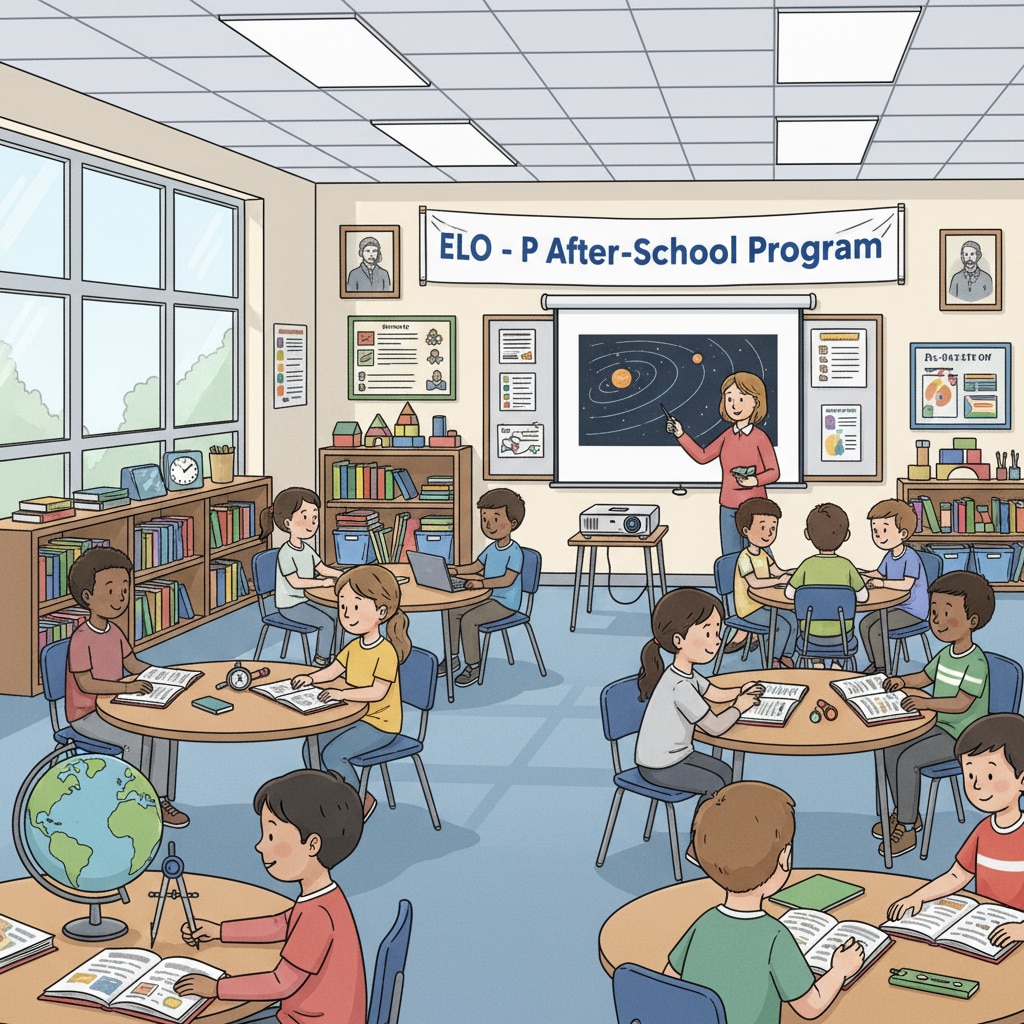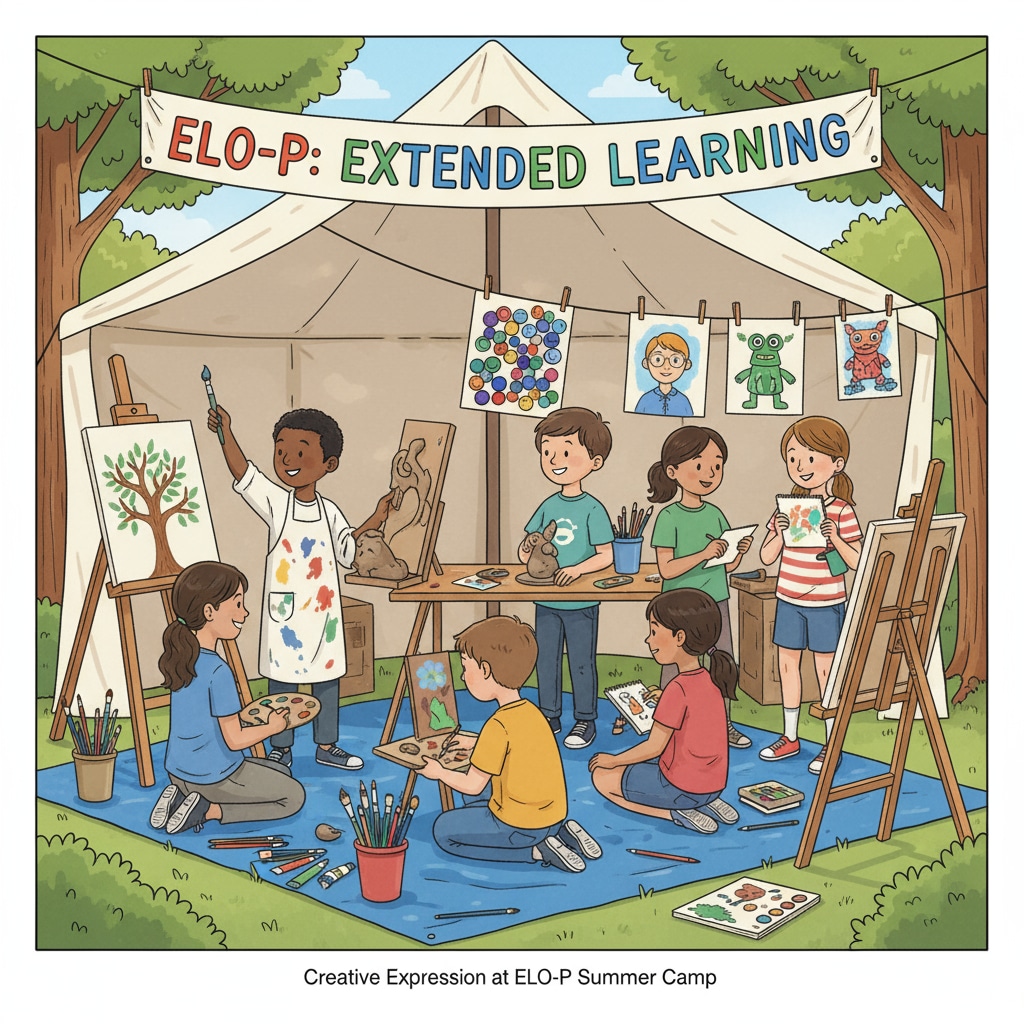Education funding, ELO-P, and extended learning are integral components of California’s educational landscape, especially with the Extended Learning Opportunity Program (ELO-P). This program, a significant educational investment, aims to bridge learning gaps and offer comprehensive development opportunities for students.
The Objectives of ELO-P
The ELO-P in California was launched with noble intentions. Its primary goal is to address the disparities in educational opportunities among students. By providing additional resources through education funding, it aims to ensure that every student, regardless of their background, has access to extended learning experiences. For example, students from disadvantaged communities can benefit from after-school programs, summer learning initiatives, and other supplementary educational activities funded by ELO-P. California Department of Education’s ELO-P page

The Benefits of ELO-P
In addition to its noble objectives, ELO-P has shown several positive impacts. Firstly, in terms of academic performance, students involved in ELO-P-funded activities have demonstrated improved grades and test scores. These extended learning opportunities allow students to reinforce what they learn in the regular curriculum. Moreover, the program promotes holistic development. It offers a wide range of activities such as arts, sports, and community service, which help in building students’ social skills, creativity, and a sense of responsibility. Benefits of after-school programs on Edutopia

However, like any large-scale educational initiative, ELO-P also faces challenges. One of the main issues is the equitable distribution of funds. Ensuring that all schools and students receive an adequate share of the education funding allocated to ELO-P can be difficult. Some regions may have more resources and be better able to implement the program effectively, while others may struggle. Another challenge is the quality control of the extended learning programs. With a large number of programs being funded, it’s crucial to ensure that they meet the required standards.
In conclusion, the California ELO-P program has been a significant step forward in the realm of education funding and extended learning. It has the potential to bring about positive changes in students’ educational experiences and outcomes. However, to fully realize its potential, policymakers and educators need to address the challenges it faces. By doing so, they can ensure that ELO-P continues to make a meaningful impact on the education of California’s students.
Readability guidance: The article uses short paragraphs to present ideas clearly. Each section focuses on a key aspect of the ELO-P program. Transition words like ‘however’ and’moreover’ are used to connect ideas smoothly. The passive语态 is minimized, and the language is kept accessible for a wide range of readers.


